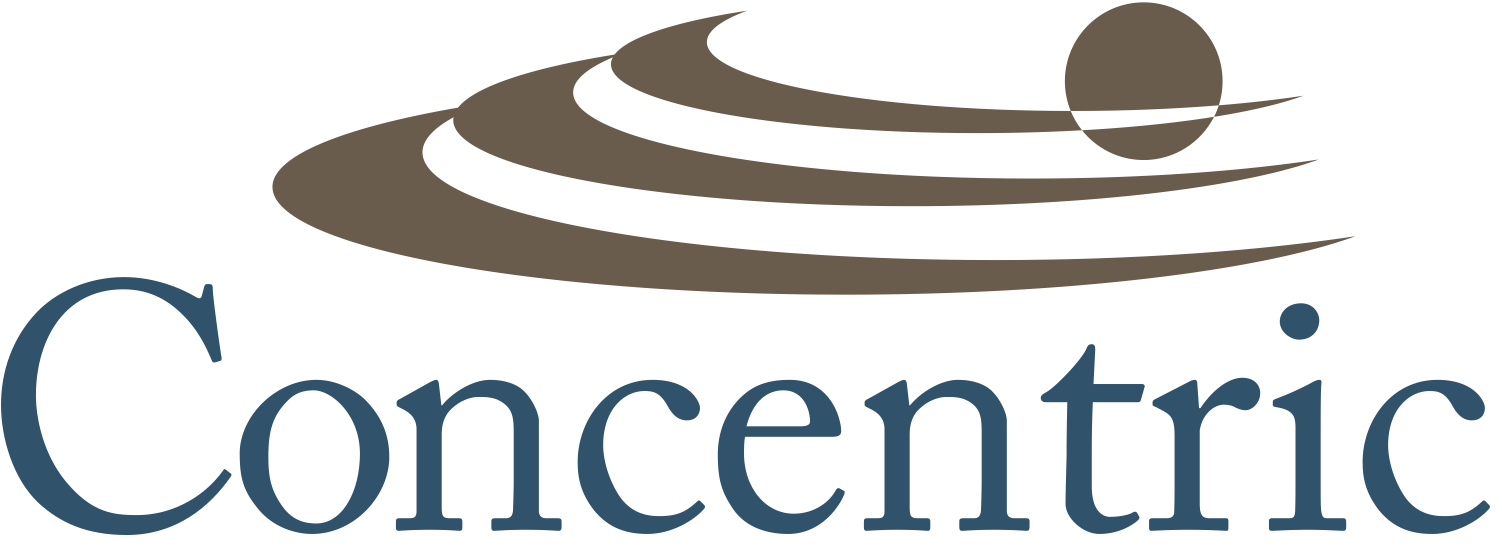Turtle Diagrams + SIPOC Diagrams = Tu-Poc Diagrams
This is part III of a 3-part blog. Check out Part I - Turtle Diagrams and Part II - SIPOC Diagrams vs. Turtles Diagrams if you’re into trilogies.
For years now we have heard a handful of our customers and colleagues fight with the concept of using a turtle diagram, while others have issues with SIPOC diagrams. Recently, I was in a heated discussion with an Engineering Manager who felt very strong about his position that "...turtle diagrams are a waste of time because they are only used during audits... to help an auditor be more efficient in his audit of us. Besides that, this is all just a bunch of bulls**t." I see.
Well... yeah. I mean… PERFECTLY said. And thanks for making the argument easier for me, Captain Cranky Pants. Turtle Diagrams at this organization were often only used by the auditors. But that doesn't mean that they were intended for the auditors. They were intended for processes owners and their cross-functional process team; a simple 1-page diagram used to keep everyone on the same page with regard to metrics, expected outputs and how process performance would be measured. (Note that I said "process performance" and not “department performance” here.)
Now, to address the portion of his statement: "...to help an auditor be more efficient in his audit of us". What's wrong with being efficient as an auditor? Furthermore, what's wrong with being efficient and organized as a process owner? The more focused you remain on the key deliverables, and the key resources needed to achieve these deliverables, the better chance you have at meeting the needs of the customer. Right?
Think of a turtle diagram or SIPOC as a point on the global when you go to Google Earth. Before you start navigating north, east, south or west, you first need to make sure you are on the right continent. From there, you can fine-tune and make adjustments. Start your process definition as a very high level. Gather all of the key resources. Evaluate your strengths and weaknesses on the turtle and fine-tune from there.
For those of you who prefer a more mathematical explanation, work instructions are to assembly operators as turtle diagrams or SIPOCs are to top managers responsible for the performance of a certain business process. Without identifying key outputs - critical to internal and customer satisfaction - it becomes difficult to align all of your tactical resources (man, machine, method, metrics, measurement systems, etc.) in order to achieve your strategic-level goals.
I encourage each organization that uses or considers using turtle diagrams or SIPOC diagrams to step back and evaluate the intent of these tool. Like any tool, they’re only valuable if used as intended. And, of course, if the external auditors are the only folks using them, then of course “they’re only used during audits”.
Why choose when you can have both?
For years, process owners and quality practitioners have found themselves in a bit of a “gang war” between The Turtles and The SIPOCs. We've found the answer. The Tu-Poc Diagram! (Come on now. We deserve to have a little fun too, right?)
The Tu-Poc Diagram simply expands the Turtle Diagram a bit to include direct internal and/or external customers to the process at hand. It also reminds us all to have a little bit of fun in the process of working together, especially in cross-functional teams.
To take this concept a fit further, what if we used the Tu-Poc diagram to evaluate risks and opportunities that exists within our processes? Many of the new standards ask organizations to use risk-based thinking, identify opportunities, assess significant impacts, have a process for managing change and so on. Instead of creating another tool, why not simply use your turtle diagram, SIPOC or Tu-Poc diagram?
We try hard to make learning and organizational excellence as fun as possible. I’ll admit… its a battle most of the time. However, our goal is to create simple tools, presented in an appealing way, that become the basis for configuring these tools to fit YOUR ORGANIZATION. Years ago, I was completely sold on the idea of implementing enterprise QMS software solutions. After seeing first hand how many resources are needed to properly manage system software and useful databases, I’ve completely changed my mind.
The Tu-Poc Diagram used in the Baking process at Ted’s Fat Free Donuts to assess risks & opportunities
By giving our clients common tools that can be updated using common sense (and typically common licenses such as Microsoft Word, PowerPoint and Excel) and engaged teams, our unique approach really started to gain traction. Here is an example of what started out as a standard blank template that became a dynamic process improvement tool rather than just a static process map stored deep on a network drive. Here you’ll see the identification of risks, the identification of opportunities, a ranking of the Top 3 actions to take and those actions tracked through completion using the Action Tracker at the bottom of the diagram. This tool was printed on plotter paper and posted in the production area for all relevant associates to contribute to.
We hope you enjoyed our series on Turtle Diagrams. If you would like to learn more about these tools and how to purchase them for your team, click the box below or chat with us online using our chat feature on the bottom right of our website.



